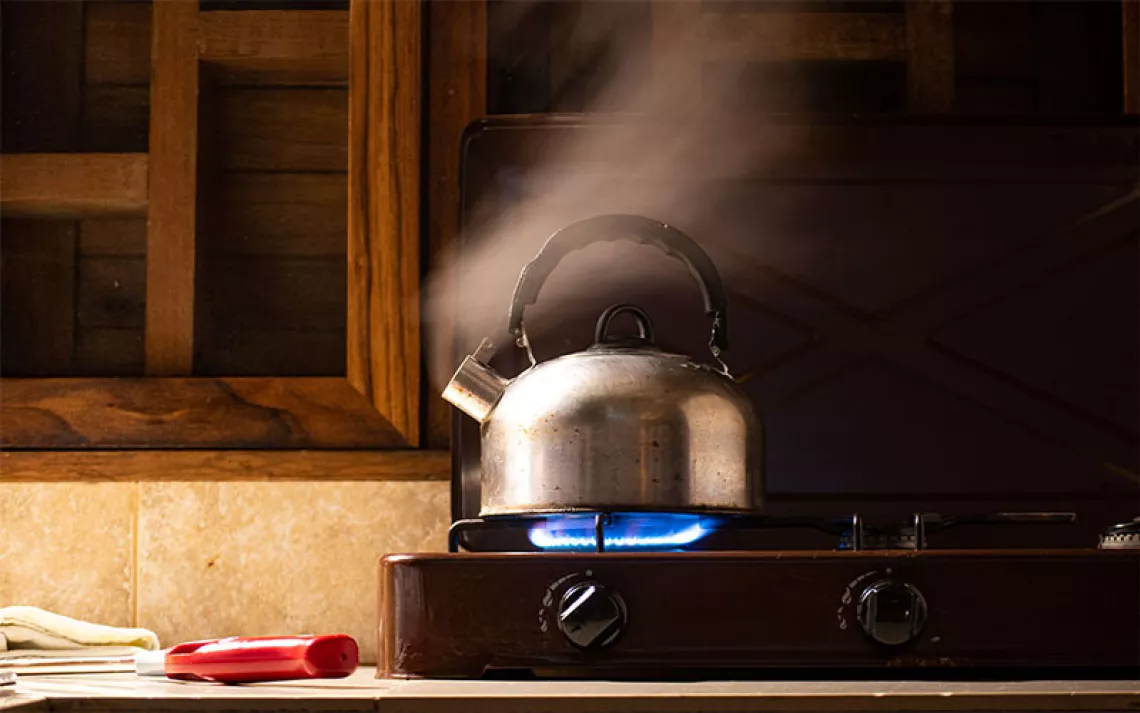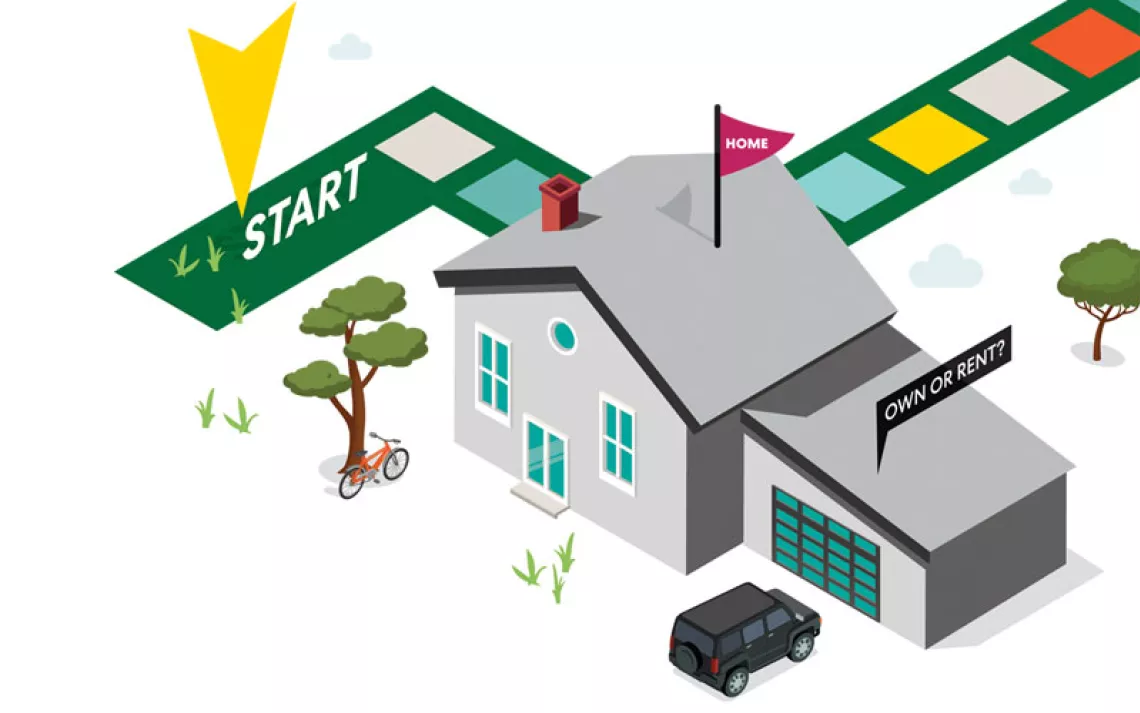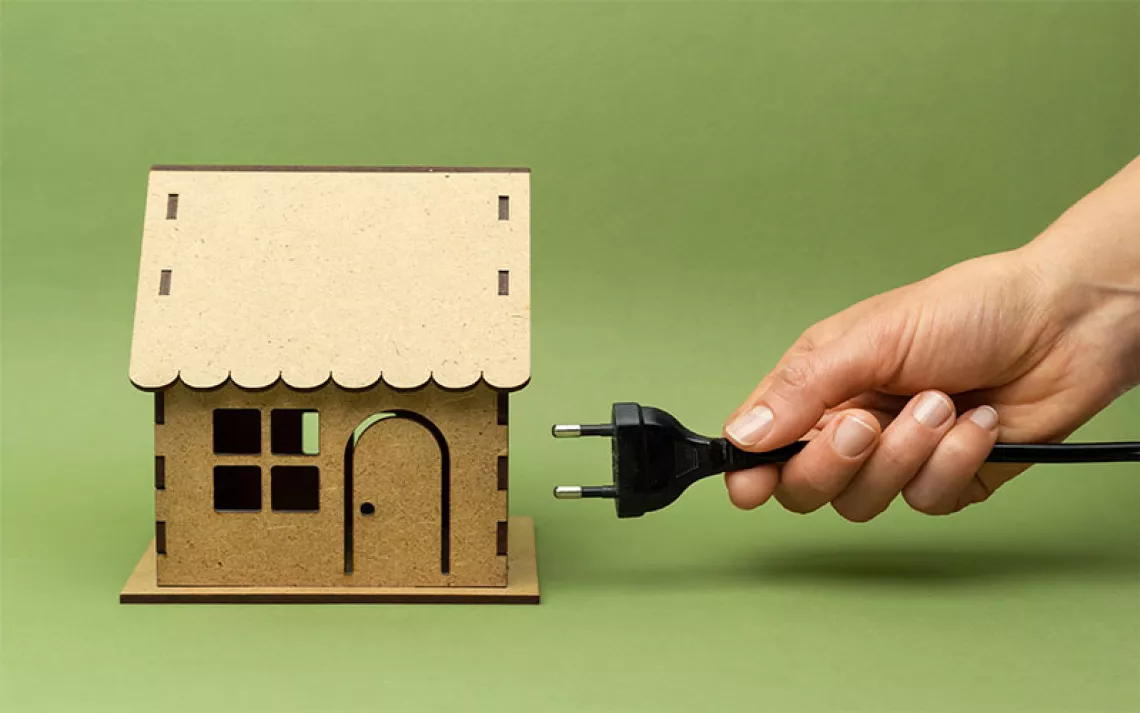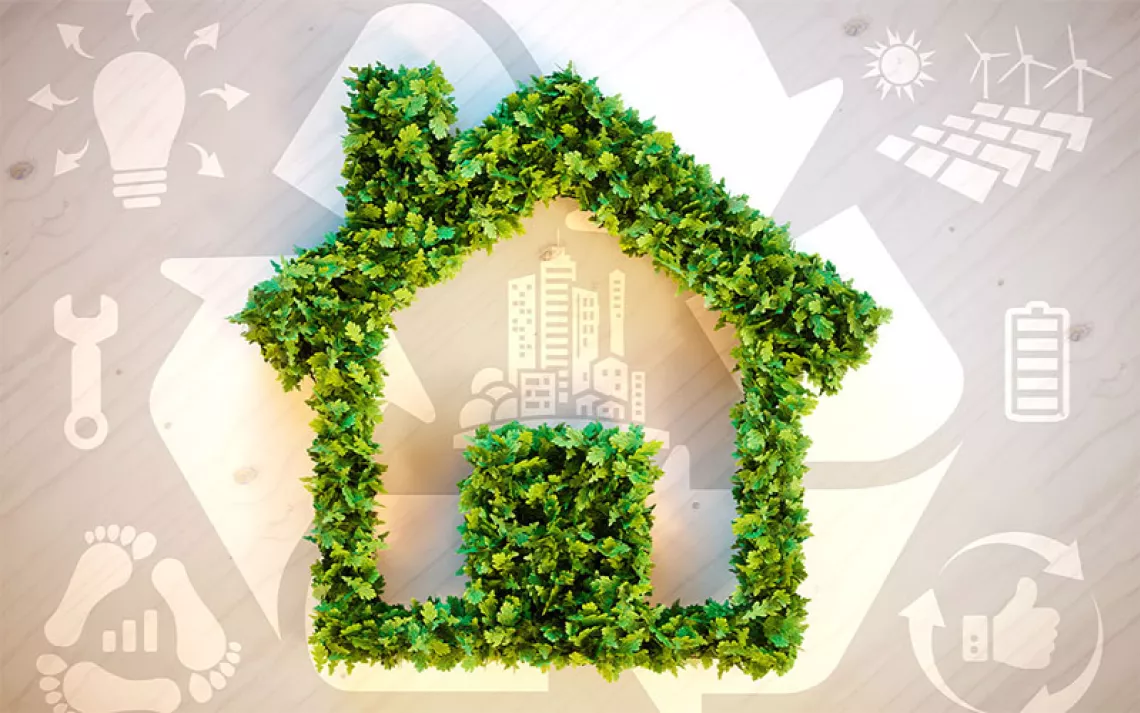Gas Appliances Are a Serious Threat Lurking in Your Home
Just like in horror movies, the call is coming from inside the house

Photo by Zach Stagers/iStock
A plot twist in horror movies we love to watch this time of year (one of my favorites is 1978’s Halloween) is used so often it’s no longer surprising: The danger is inside the house, not coming from outside.
The plot device plays off the idea that we consider our homes to be the safest place to be, a place where we can lock out what’s harmful. But when it comes to air pollution from burning fossil fuels, the horror movies have it right—the damage is done inside buildings and gets pumped outdoors.
The outcome can be just as deadly. The Green and Healthy Homes Initiative in Maryland estimates that burning fossil fuels in heaters, furnaces, boilers, and water heaters results in 163 premature deaths in the state each year as nitrogen dioxide and oxide, carbon monoxide and dioxide, and fine particles of pollutants escape from homes and buildings. The pollution leads to 3,500 cases of respiratory issues and asthma and costs the state 6,500 lost work days and $1.3 billion in public health spending.
“The utilities have positioned gas as a clean burning fuel. It’s not,” says Christopher Stix, who volunteers with one of more than 100 Maryland organizations working on the air pollution coming from homes.
Across the country, half of our homes rely on gas as their primary heating fuel. Two-thirds of the greenhouse gas coming from buildings come from heating spaces and water.
The good news in Maryland is that half of homes will have zero-nitrogen oxide heating by 2030. The challenge is where those homes will be.
“The homes that use heat pumps tend to be in wealthier communities,” Stix notes. But buildings in low- and moderate-income neighborhoods tend to have less weatherization and less efficient appliances, so they consume more energy and pollute more, he said.
Federal incentives in the historic clean energy and jobs package approved by President Biden and Congress last year give homeowners and landlords the chance to switch to electric powered heating.
“As we electrify buildings, we have to do it in an equitable way,” Stix says. “Community advocates in various parts of Maryland are testing air in homes to show the people who live there the impact of burning gas.”
The federal programs “will make a significant contribution to making electrification for low- and moderate-income families a possibility,” but it won’t cover all the cost.
Stix and other advocates want the state to pay any incremental amount beyond the federal aid for low-income households. Because the heating improvements may uncover other home repair issues like roof leaks and lead paint, those families also need a one-stop process that allows them to tap all the assistance they may need.
If we’re going to offer incentives, the federal government needs to take the next step with a benchmark for what we want to replace. More than a year ago, 26 climate and health groups called on the Environmental Protection Agency to set limits on pollution from household appliances. Unlike other sources of greenhouse gases across our economy that are regulated by the Clean Air Act, buildings filled with appliances that burn gas, oil, or propane are left unaccountable.
This dangerous omission makes even less sense today than ever. We’re rightly reimbursing Americans’ investment in readily available electric heat pumps and other appliances to address nearly 15 percent of net greenhouse gas pollution. Putting limits on those emissions should be part of the solution.
 The Magazine of The Sierra Club
The Magazine of The Sierra Club



